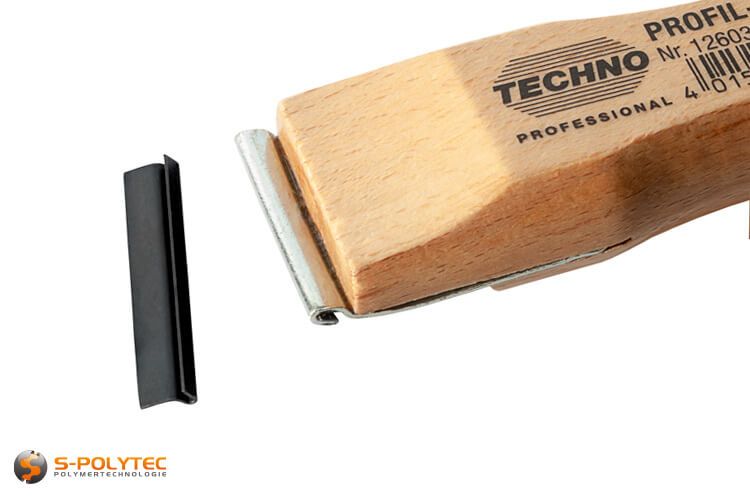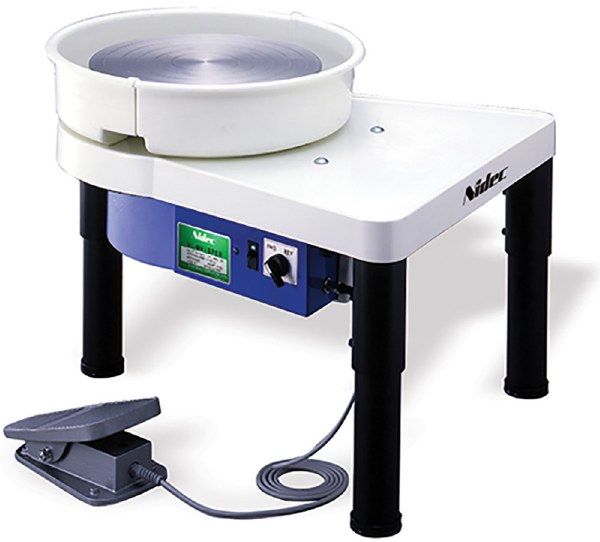How Do You Remove Interior Trim?
Removing interior trim like baseboards, crown molding, door casings, and window trim can be necessary for refinishing the trim, replacing damaged trim, or updating the look of a room. The process involves carefully prying the trim away from the wall, removing any nails or screws, and extracting the trim piece without causing damage to the surrounding walls or the trim itself. It’s important to work methodically and use the proper tools to remove trim safely and efficiently. This article provides an overview of the complete process for removing different types of interior trim.
Safety Precautions
When removing interior trim, it’s important to take safety precautions to avoid injury. Wear protective gloves and eye wear like safety glasses or goggles. Gloves will protect your hands from sharp edges and eye protection will prevent debris and chemicals from getting in your eyes[1]. Also wear long sleeves and pants to cover exposed skin. Work slowly and carefully to avoid accidents. Make sure to follow all manufacturer safety recommendations listed in your owner’s manual[2].
Tools Needed
The most common tools required to remove interior car trim include:
- Pry bar – A flat bar tool is useful for separating clips and prying up trim panels. Choose one with a metal blade that can hold up under force without bending or breaking. Plastic trim removal tools may not provide enough strength.
- Putty knife – A long, flexible knife allows you to slide the blade under trim pieces and pop out fasteners. Get one with about a 6 inch blade for maneuverability.
- Screwdriver – Standard and phillips head screwdrivers allow you to remove screws securing the trim. Make sure the tips fit snugly so you don’t strip interior screws.
Other helpful tools include interior clip removers, panel poppers, and trim pad protectors. Make sure you have the right tools for your specific vehicle trim before attempting removal. Refer to your owner’s manual or an online guide for the fasteners used on your car’s interior panels.
Sources:
https://www.autozone.com/test-scan-and-specialty-tools/molding-and-trim-remover-tool
https://www.amazon.com/trim-removal-tool/s?k=trim+removal+tool
Locate Fasteners
Before removing any trim, you’ll need to locate the fasteners holding it in place. Fasteners are typically nails, screws, clips, or adhesives. Carefully inspect along the edges and back of the trim to find them. Use a flashlight and poke gently with a small flathead screwdriver to reveal any hidden fasteners. Refer to this guide for more on finding fasteners before removing trim.
For baseboards, look for nails spaced every 16 inches or less. Window and door trim may use finishing nails or screws around the edges. Some plastic trim pieces rely on plastic clips. Take note of all the fasteners before moving to the next step.
Remove Fasteners
Removing interior trim often requires removing various fasteners that hold the trim in place. Common fastener types for interior trim include screws, plastic push clips, metal retaining clips, and rivets.
Start by unscrewing all visible screws using the appropriate screwdriver for the screw head type. Gently rotate clips and push pins to detach them and pull them out. For metal or plastic clips that resist removal, you may need a trim clip removal tool like a flat head screwdriver or pry bar to pop them loose.
Take care not to damage the clips as you may want to reuse them when replacing the trim. It helps to keep track of each fastener type and location so you can reattach in the same spots later.
Pry Trim
Once all the fasteners have been removed, you can start prying the trim away from the wall or surface. Go slowly and take care not to damage the trim or the wall during removal. Start by sliding a pry bar or flat bar behind the edge of the trim and gently pry outward while holding the trim to prevent it from falling or cracking. Only pry out a small section at a time, working your way along the trim.
Insert shims or scrap strips of wood behind the trim as you go to prevent it from scratching the wall or jamming back into place. Take your time and be patient during this process. If the trim seems stuck, you can try tapping a block of wood on the pry bar with a hammer to help gently pop it loose. Avoid using excessive force or prying too far out at once, as this can cause the trim to splinter or crack.
As you pry the trim free, support it with your hand or have an assistant hold it to prevent damage. Once you’ve freed one end, slowly work your way down the trim, prying and popping it off bit by bit until it comes completely free. Use care when handling longer or curved pieces of trim.
Refer to: https://todayshomeowner.com/woodworking/guides/how-to-remove-interior-wood-trim-in-3-steps/
Clean Surface

After prying off the trim, you’ll likely have some adhesive residue left on the surface. Use a plastic scraper or putty knife to gently scrape away any leftover caulk, glue, or adhesive from the surface. Be careful not to gouge or scratch the surface. According to Family Handyman, you can use a TSP substitute cleaner diluted in water to wipe away old adhesive. Dip a sponge in the cleaning solution and scrub the surface, rinsing frequently. Allow the surface to dry completely before replacing the trim.
Replace Trim
Once the old trim has been removed and the surface has been prepped, it’s time to replace the trim. If reusing the original trim, inspect it for any existing nail holes, cracks, rot, or other damage. Use wood filler to patch holes and sand down any rough or uneven spots on the trim. If installing new trim, make sure to select the desired type of material such as wood, PVC, or synthetic materials.
Measure and cut the replacement trim pieces to size with a miter saw. Pieces may need to be custom cut to fit around corners or to join multiple sections of trim. Use a compound miter saw to make angled cuts where trim wraps around corners. Test fit all trim pieces before permanently attaching them.
When ready to attach, apply construction adhesive to the back of the trim before fastening it in place. This helps create a stronger bond. Use a nail gun or hammer and finish nails to secure the trim every 16 inches along the length of the trim. Make sure trim edges are flush against the wall and properly aligned. Fill any nail holes with wood filler once all trim pieces are installed. Let filler dry completely and then sand smooth.
If painting or staining trim, apply primer and desired finish coats after trim installation. Caulk along trim edges with painter’s caulk for a seamless look. For a professional finish, ensure mitered corners form tight seams and all trim lines look straight and even after installation.
Secure Fasteners
After replacing the interior trim, it’s crucial to properly reinstall any screws, clips, or other fasteners that were removed. This will ensure the trim is securely reattached and minimize any rattling or movement.
Refer to your notes or photographs to determine the original locations for fasteners. In general, screws should be placed every 12-16 inches along trim pieces. Use a power drill with the appropriate sized bit to drive screws back into their original holes in the underlying wall surface or framing.
For trim attached with specialty clips or nails, carefully press the trim piece flush against the surface and reinsert the fasteners by hand or with a hammer if needed. Take care not to damage the trim material. Over-driving fasteners can cause cracks or splits.
Check for any gaps between the trim and wall after securing, and make adjustments as needed to ensure a tight fit. Wipe away any dust or debris before moving on to the final step of caulking.
Finish Up
After securing the trim fasteners, take a moment to ensure everything is properly attached by gently pressing on the trim. It should feel stable and not move easily. If any sections feel loose, re-tighten the fasteners in that area.
Next, do a final cleanup of the workspace. Carefully vacuum up any dust, dirt or debris left over from the project. Take a damp microfiber cloth and wipe down the trim to remove any fingerprints or smudges. Pay close attention near cut edges and fastener holes where grime can collect. The goal is to leave the trim looking clean, new and professionally installed.
Finally, step back and admire your work! Installing new interior trim can completely transform the look and feel of a room. Enjoy the renewed aesthetic and know that you successfully completed a worthwhile DIY project.



